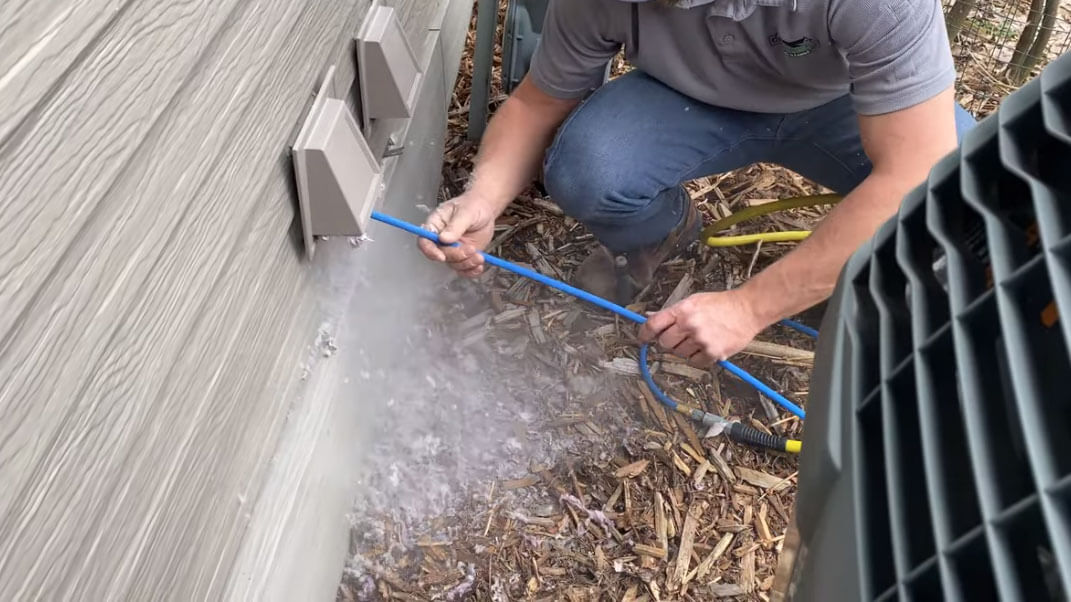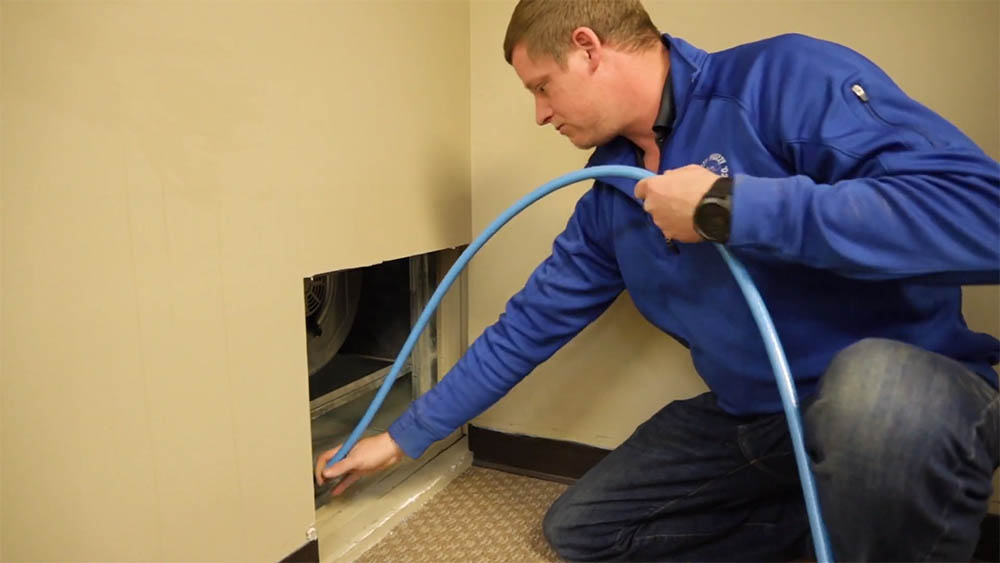Homeowners and business owners often face challenges with their HVAC systems. One prevalent issue is finding leaks in the system. Unfortunately, leaks can lead to reduced efficiency, higher energy costs, and potential damage to your property. In this comprehensive guide, we’ll explore detailed and approved methods to detect leaks in your HVAC system, leveraging some of the latest terrific technologies available to achieve tremendous results.

1. Understanding the Basics of HVAC Systems
Before diving into leak detection, it’s crucial to understand what an HVAC system entails. HVAC stands for Heating, Ventilation, and Air Conditioning. It is responsible for maintaining the indoor air comfort of homes and buildings by regulating temperature and air quality.
2. Common Signs of HVAC Leaks
2.1 Higher Energy Bills
One of the first signs of a potential leak is an unexpected spike in your energy bills. If your HVAC system is working harder to maintain the same level of comfort, it may be due to a leak.
2.2 Reduced Airflow
If you’re experiencing reduced airflow from your vents, this could indicate a leak in the ductwork, reducing the system’s efficiency.
2.3 Unusual Noises
Strange hissing or bubbling noises can be a clear sign of a refrigerant leak, which is vital to address promptly.
3. Approved Techniques for Leak Detection
3.1 Visual Inspection
A thorough visual inspection is the first step. Look for visible signs of wear and tear, such as loosened joints, disconnected ducts, or oily spots indicating refrigerant leakage.
3.2 Soap Bubble Test
Diluted soap can be applied to joints and connections. If bubbles form, this indicates a leak in the system.
3.3 Electronic Leak Detectors
Electronic leak detectors are specialized tools designed to identify the presence of refrigerant leaks. They offer a precise and efficient method of detection.
3.4 UV Dye Detection
Injecting UV dye into the system and using a UV light can highlight areas where the refrigerant is leaking out. This technique is highly effective for detecting even the smallest leaks.
4. Approved Repair Solutions for HVAC Leaks
4.1 Sealing Duct Leaks
Use mastic sealant or metal tape to seal any visible leaks in your ductwork. For a more permanent solution, consider professional duct sealing services.
4.2 Repairing Refrigerant Leaks
Refrigerant leaks require professional attention. Technicians will extract the remaining refrigerant, repair the leak, and refill the system with the appropriate amount of refrigerant.
4.3 Routine Maintenance
Routine maintenance, including regular inspections and cleaning, helps prevent leaks and prolongs the lifespan of your HVAC system. This involves checking connections, lubricating moving parts, and cleaning or replacing filters.
5. Benefits of Addressing HVAC Leaks
5.1 Improved Energy Efficiency
Repairing leaks ensures your system operates at peak efficiency, resulting in lower energy bills.
5.2 Enhanced Comfort
By sealing leaks, you can achieve consistent temperatures and improved air quality within your home or business premises.
5.3 Prolonged System Lifespan
Addressing leaks and performing regular maintenance can significantly extend the lifespan of your HVAC system, delaying the need for costly replacements.
6. Choosing the Right Professional Services
For both detection and repair of HVAC leaks, consider hiring certified technicians. They have the expertise and equipment to handle the complex nature of HVAC systems.
7. Cost of Leak Detection and Repair
The cost of detecting and repairing HVAC leaks varies depending on the severity of the leak and the method used. However, investing in these services can lead to long-term savings by improving efficiency and avoiding more significant issues.
8. The Role of Advanced Technology in Leak Detection
Today’s leak detection methods leverage advanced technology, making the process more efficient and accurate. These technological advancements include infrared thermography and ultrasonic leak detectors.
9. DIY vs. Professional Leak Detection
While some homeowners may attempt DIY leak detection, it’s often more reliable and efficient to hire a professional for comprehensive diagnostics. Professionals have access to advanced tools and are trained to identify and rep air leaks accurately.
air leaks accurately.
10. Environmental Impact of HVAC Leaks
Leaks, especially refrigerant leaks, can negatively impact the environment. Efficient leak detection and repair contribute to reducing the carbon footprint of HVAC systems.
11. Frequently Asked Questions (FAQ)
11.1 How do I know if my HVAC system is leaking?
Signs include higher energy bills, reduced airflow, and unusual noises. You can also use detection methods like visual inspections or electronic leak detectors.
11.2 Can I fix HVAC leaks myself?
While minor duct leaks can be sealed with tape or mastic, refrigerant leaks require professional repair to ensure safety and efficiency.
11.3 How often should I check for HVAC leaks?
It is recommended to inspect your HVAC system at least once a year, preferably before the cooling or heating season, to identify and address any potential leaks promptly.
For more information on the types of HVAC systems, visit this page.
For additional advice on maintaining your HVAC system, check out our related articles on: Duct Cleaning, Commercial Duct Cleaning, and Residential Duct Cleaning.
By staying vigilant and addressing leaks promptly, you can maintain a comfortable and energy-efficient environment in your home or business. Remember, approved techniques and terrific technology are here to help you achieve tremendous results with your HVAC system!